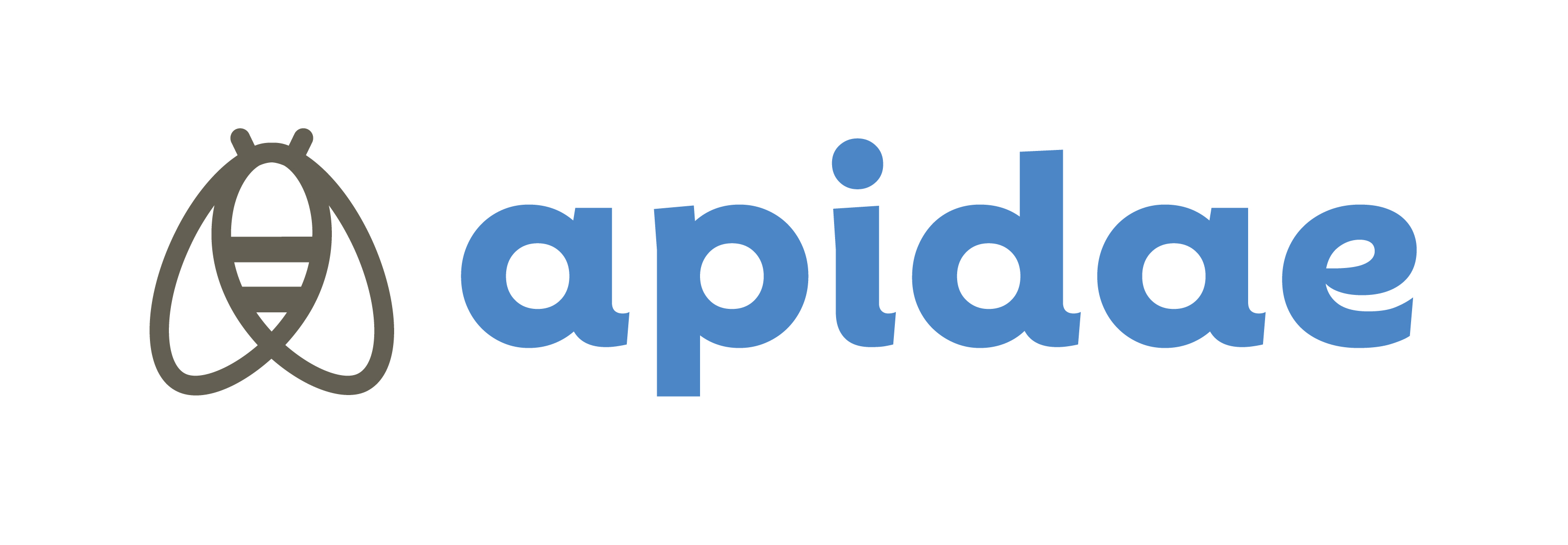Standing watch over the Limagne plain, the Château-fort de Châteaugay is an example of defensive architecture from the Middle Ages.
The châteaux-forts of Opme and Châteaugay are examples of defensive architecture from the Middle Ages. The château de Châteaugay, at the edge of the Plateau de Lachaud, standing watch over the Limagne plain, marks the entrance to the northern territory of Clermont-Ferrand. It is shown in the armorial of Guillaume Revel, Chief Herald of Charles 1st, Duke of Bourbon and Auvergne and Count of Forez.
Nothing remains of the Vigosche family’s first château. The Giac family took over the estate in 1360. Pierre de Giac began to build a new château and named his manor house Châteaugay in 1381. He was chancellor of the Duke of Berry and of Bourbon, chancellor of King Charles VI from 1383 to 1388 and his private adviser until his death in 1407. The Châteaugay manor house passed on to Jacques de Laqueuille, husband of Louise de Giac. The Laqueuille family remained owners until the Revolution, then the château was sold as a national asset in 1794.
The château is located in a fortified enclosure marked by two doors surmounted by brattices from the 15th century. It is built around an interior courtyard with a square keep in the west, and three corps de logis accessed by two stairway turrets adorned with the coats of arms of the Laqueuille and Damas families. The north-east turret features a door sculpted with pinnacles and kale leaves. The northern corps de logis is flanked by two defensive towers named the Fort (north-east) and the Perrière (south-west).
The eastern corps de logis, revamped in the 18th and 19th centuries, seems to have been a component of the château-fort’s defence system. It is clearly visible on Guillaume Revel’s drawing. The mullion crosspiece bays can still be seen under the present-day rendering. The door to access the château’s courtyard, protected on the inside by a system of fire arms, is adorned with a lion, fruit and leaves and a stamped coat-of-arms surrounded by the collar of the order of Saint Michel (17th century).
The château has been listed as a historic monument since 1911.
- The château is open to visitors in July and August.
Periode d‘ouverture : Summer















